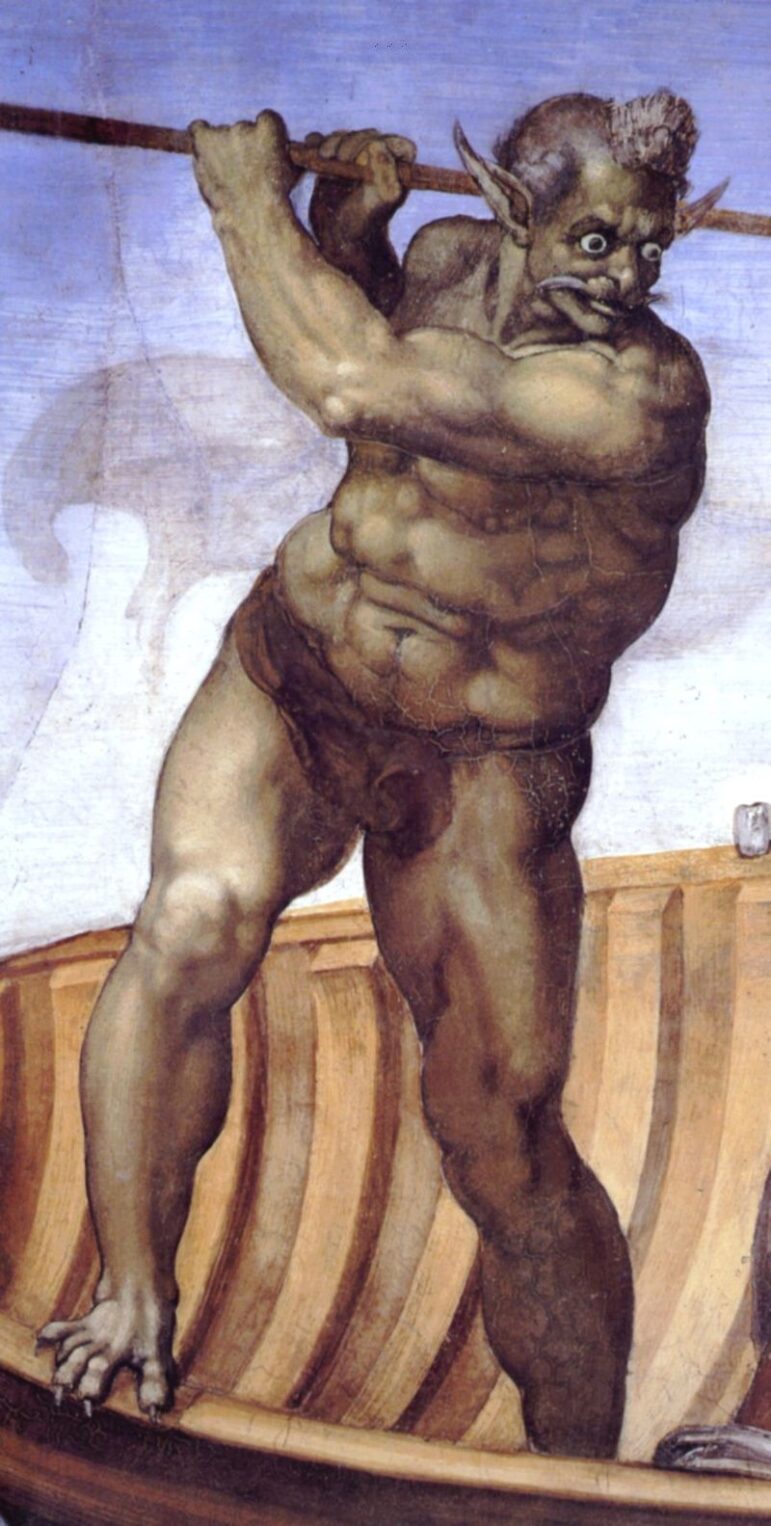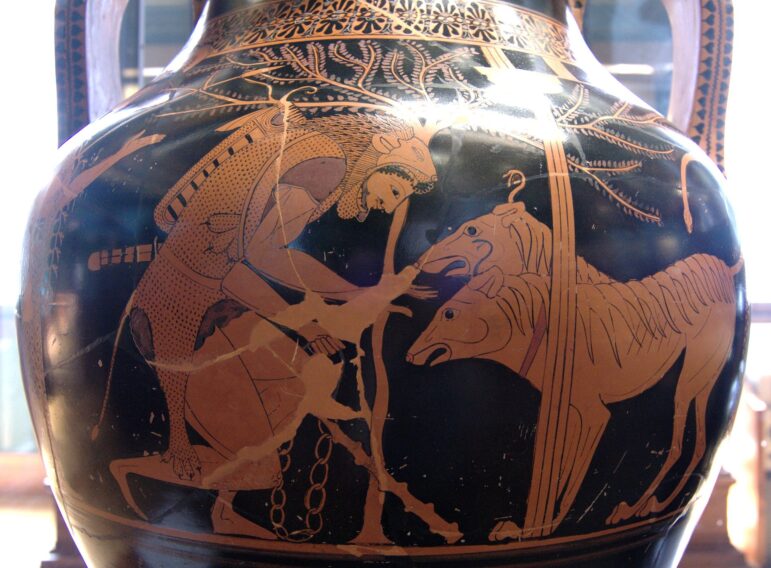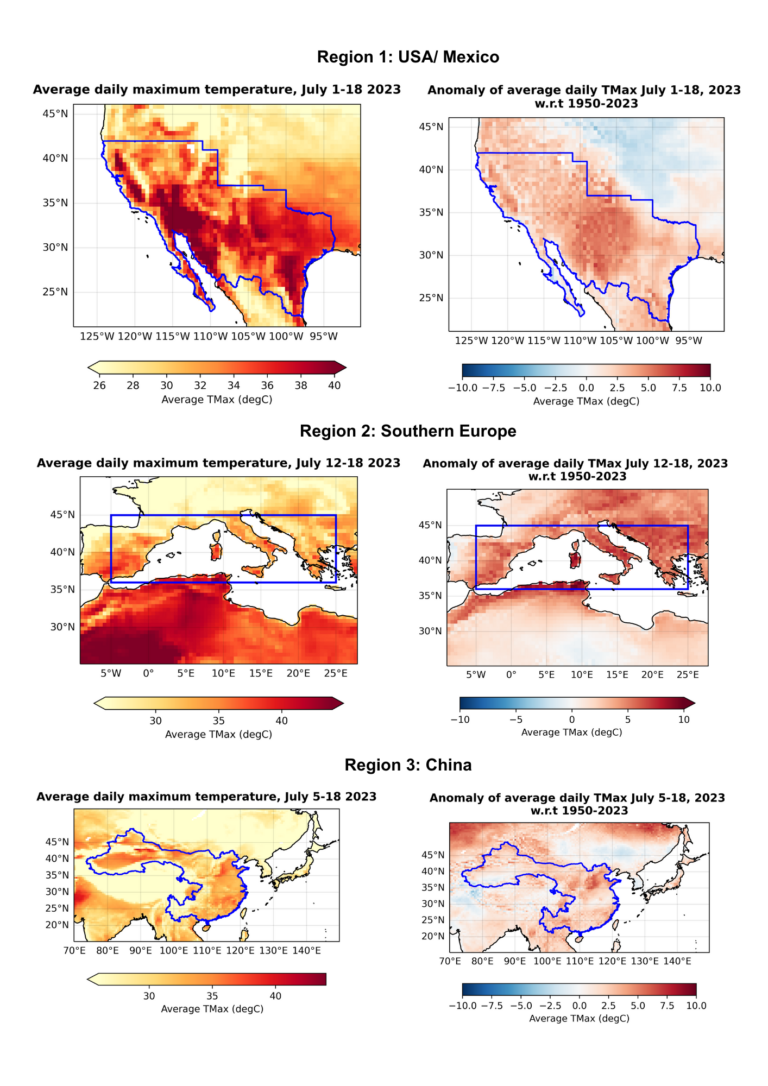MIAMI – As heat waves continue in North America, Asia, and Europe, TWH hopes everyone is taking care to listen to local weather forecasts and health advice from professionals about how to stay safe in extreme heat. Information about how to stay safe in the heat is at the end of the article.
As other media have reported, the extreme heat warnings of the American Southwest underscore the serious dangers of heat not only from dehydration and heat stroke but also from burns on pavement and metal objects left in the sun. Temperatures in Death Valley – a place for extreme heat conditions – have reached 128 degrees Fahrenheit (53.3 C) this month. Cities have experienced challenges from the heat, Phoenix for example has had 25 consecutive days of temperatures hotter than 110 degrees Fahrenheit (43.3 C) breaking previous records. Mexico has reported that over 200 people have died from specifically heat-related causes.
China is also experiencing extreme heat. The nation reported an all-time national high temperature of 126 Fahrenheit (52.2 C) earlier this month.

Charon depicted by Michelangelo in his fresco The Last Judgment in the Sistine Chapel
In Europe, the fires of the past few days in the Greek islands of Evia, Rhodes, and Corfu have highlighted the impact of the climate crisis. Local heat records have been broken in Spain and Italy as temperatures edged towards Europe’s all-time record of 119.8 Fahrenheit (48.8 Celsius). Crete has been put on high alert as have the Sicily and Croatia. In North Africa, Algeria, and Tunisia have also been placed on high alert. Last year’s heat waves 61,000 people in Europe.
A peer-reviewed report released today by the World Weather Attribution said “Heatwaves are amongst the deadliest natural hazards with thousands of people dying from heat-related causes each year. However, the full impact of a heatwave is rarely known until weeks or months afterwards, once death certificates are collected, or scientists can analyse excess deaths.” It also noted the expert consensus that “Without human induced climate change these heat events would however have been extremely rare. In China it would have been about a 1 in 250 year event while maximum heat like in July 2023 would have been virtually impossible to occur in the US/Mexico region and Southern Europe if humans had not warmed the planet by burning fossil fuels.”

Heracles, chain in left hand, his club laid aside, calms a two-headed Cerberus, Amphora (c. 525–510 BC) from Vulci (Louvre F204).
Pagans may have also noticed names like Cerberus and Charon thrown around in the naming of European heat waves and we want to know, what’s that about?
First, unlike tropical cyclones whose names are sanctioned by the World Meteorological Organization (WMO), the use of names for heat waves has not been haven’t been used by official weather services agencies, though the popularity for naming them has soared with rising temperatures in Europe.
Secondly, not everyone agreed on the names. The heat wave Charon was called “Xenia” in parts of Spain and “Cleon in Greece and Cyprus. Seville, Spain has its own naming convention which it announced in 2021, “Seville is proud to become the first city in the world to develop and implement a heat wave naming and categorization system that aims at saving thousands of lives and we encourage other cities in the world to also undertake this great endeavor,” said mayor Juan Espadas. In collaboration with Atlantic Council’s Adrienne Arsht-Rockefeller Foundation Resilience Center, the city said naming will help with dialogue and coverage of heat wave events. “Naming and categorizing heat waves will go a long way towards giving people and municipalities a fighting chance against heat, building a culture of awareness and saving lives,” said Senior Vice President and Director of the Adrienne Arsht-Rockefeller Foundation Resilience Center, Kathy Baughman McLeod.
But this time, it was the Italian commercial meteorological service, il Meteo, that began using names like Charon and Cerberus and they stuck. Antonio Sanò, founder of il Meteo told Quartz “There’s a certain analogy between the heat and these infernal names that evoke the flames of hell.”

Maximum July temperatures averaged over the length of the heat events defined for this study (left-hand side) and the same but expressed in anomalies with respect to 1950-2023 (right-hand side). The first row shows the Western USA and Mexico, the second Southern Europe, and the third row China. [Via WWA]
What is actually being named is the associated anti-cyclone, high-pressure regions that brings with it the heat wave and stagnant heavy air. It is also not the first time names have been given to these systems. In 2017, the deadly heat wave that spilled across Europe was given the name “Lucifer”.
But there is a reluctance to assign official names to these weather events. “The different levels of heatwave intensity and associated impacts within a heatwave are significant,” said John Nairns, senior extreme heat advisor at the WMO to the BBC. “This valuable information cannot afford to compete with multiple names across a single weather system, where one neighbour may have named the event whilst another has not, or multiple names are assigned across the life cycle of an event. We cannot afford to be distracted by additional coordination nor inevitable divisions and distractions which will destroy confidence in forecasts and warnings.”
Nevertheless, giving underworld or devilish names to heatwaves may help people discuss them and raise awareness of their dangers. But if heatwaves also become more frequent and organizations look to mythologies for names of monsters, they may run out of those names sooner than expected. Hannah Cloke, professor of Hydrology at the University of Reading, told Wired: “We’re going to run out of dangerous monsters quite quickly… In the longer term, it’s not ideal.”
The US Center for Disease Control offers tips on how to stay safe during extreme heat:
- Stay in an air-conditioned indoor location as much as you can.
- Drink plenty of fluids even if you don’t feel thirsty.
- Schedule outdoor activities carefully.
- Wear lightweight, loose-fitting clothing and sunscreen.
- Pace yourself.
- Take cool showers or baths to cool down.
- Check on friends and neighbors and have someone check on you.
- Never leave children or pets in cars.
- Check the local news for health and safety updates.
More information is available at the CDC.
The Wild Hunt is not responsible for links to external content.
To join a conversation on this post:
Visit our The Wild Hunt subreddit! Point your favorite browser to https://www.reddit.com/r/The_Wild_Hunt_News/, then click “JOIN”. Make sure to click the bell, too, to be notified of new articles posted to our subreddit.